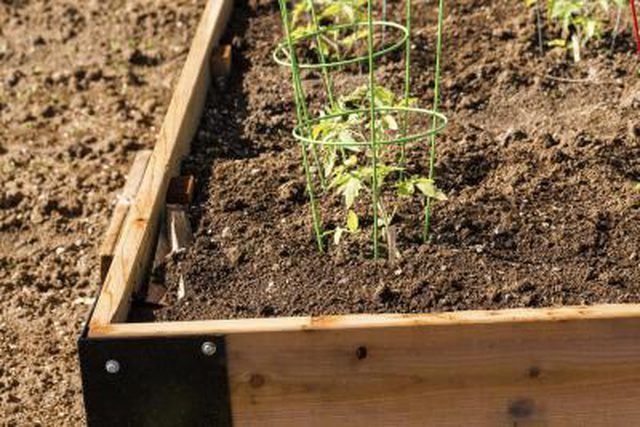Bulbs
Flower Basics
Flower Beds & Specialty Gardens
Flower Garden
Garden Furniture
Garden Gnomes
Garden Seeds
Garden Sheds
Garden Statues
Garden Tools & Supplies
Gardening Basics
Green & Organic
Groundcovers & Vines
Growing Annuals
Growing Basil
Growing Beans
Growing Berries
Growing Blueberries
Growing Cactus
Growing Corn
Growing Cotton
Growing Edibles
Growing Flowers
Growing Garlic
Growing Grapes
Growing Grass
Growing Herbs
Growing Jasmine
Growing Mint
Growing Mushrooms
Orchids
Growing Peanuts
Growing Perennials
Growing Plants
Growing Rosemary
Growing Roses
Growing Strawberries
Growing Sunflowers
Growing Thyme
Growing Tomatoes
Growing Tulips
Growing Vegetables
Herb Basics
Herb Garden
Indoor Growing
Landscaping Basics
Landscaping Patios
Landscaping Plants
Landscaping Shrubs
Landscaping Trees
Landscaping Walks & Pathways
Lawn Basics
Lawn Maintenance
Lawn Mowers
Lawn Ornaments
Lawn Planting
Lawn Tools
Outdoor Growing
Overall Landscape Planning
Pests, Weeds & Problems
Plant Basics
Rock Garden
Rose Garden
Shrubs
Soil
Specialty Gardens
Trees
Vegetable Garden
Yard Maintenance
How to Build a Raised Garden Box
How to Build a Raised Garden Box. If you don't have the space to put in a large garden, don't let that stop you from growing and enjoying fresh vegetables. Make a small, raised garden bed instead, which is nothing more than a planter box made with rot- and weather-resistant lumber to hold the soil and plants. Making a raised garden bed is not...

If you don't have the space to put in a large garden, don't let that stop you from growing and enjoying fresh vegetables. Make a small, raised garden bed instead, which is nothing more than a planter box made with rot- and weather-resistant lumber to hold the soil and plants. Making a raised garden bed is not difficult, and it's a project most do-it-yourself homeowners can tackle with confidence. It can be made of varying dimensions to fit any size backyard and, more importantly, help give your back a break.
Things You'll Need
Tape measure
Landscaping spray paint
Flat-edge shovel
Carpenter's level, 4-foot
Landscaping fabric
Carpenter's pencil
Chop saw or circular saw
3 cedar boards, 8 feet long, 2-by-10
1 cedar post, 4-by-4
Galvanized deck screws, 3-inch
Drill with bits
Utility knife
Garden soil
Select and Prepare the Area
Find a relatively flat area on your property for the raised garden. Measure and spray landscaping paint on the ground to indicate the perimeter of the box. Make the painted perimeter a few inches longer and wider than the box.
Remove the turf with a flat-edge shovel and compact the dirt with a hand tamper. Use a 4-foot carpenter's level and check several areas of the bed for level. Add or remove dirt as needed to level the area.
Spread landscaping fabric over the entire area. Allow a few inches to hang over the edges of the planting bed.
Construct and Install the Box
Measure and cut an 8-foot cedar board in half to make two, 4-foot sections. Stand two 8-foot cedar boards on edge, parallel to each other, and put one 4-foot section between the ends of the longer boards. Align the boards at each corner so they are flush with each other and attach them together with three or four 3-inch galvanized screws. Repeat the process with the two corners at the opposite side of the frame.
Cut four sections from the 4-by-4 post to attach to the inside of each corner. The length of each section should equal the height of the cedar frame. Don't assume 2-by-10 boards measure 10 inches wide. Take a measurement and cut the post sections to size.
Put one 4-by-4 post section on the inside of one corner. Position the section so the top is flush with the top edges of the 2-by-10 boards. Drive three or four galvanized screws through the boards on each side of the corner to attach them to the post. Repeat the process to attach a 4-by-4 section to the inside of the remaining three corners.
Ask an assistant to help lift and place the box on top of the landscaping fabric. Use a utility knife to cut and remove the excess fabric from around the box. Fill the box with enriched soil and plant your plants.
Tips & Warnings
If you plan to have your garden next to your house or a fence, make it at least 3 feet from the structure to allow easy access to both sides.
Avoid using treated lumber because the chemicals could leach out into your garden bed.